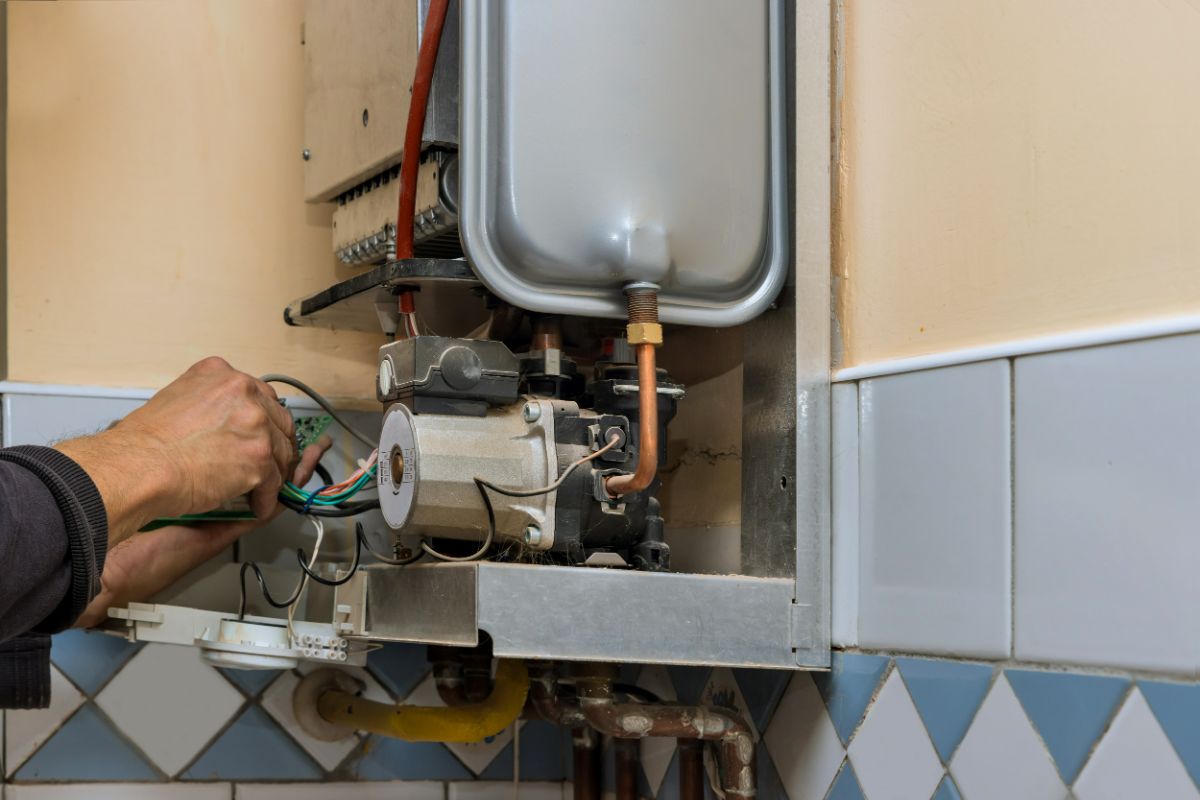Best Practices for Maintaining Your Home's Hot Water System
Call TodayListed here below you'll find a good deal of very good tips on the subject of How to Maintain Your Water Heater & Prolong its Life.

Warm water is essential for everyday comfort, whether it's for a rejuvenating shower or cleaning dishes. To guarantee your hot water system runs successfully and lasts longer, routine upkeep is key. This post provides sensible suggestions and understandings on just how to maintain your home's warm water system to stay clear of disruptions and expensive repair work.
Intro
Maintaining your home's hot water system may appear difficult, yet with a few basic actions, you can ensure it operates smoothly for several years ahead. This guide covers whatever from recognizing your hot water system to DIY maintenance ideas and recognizing when to call in expert aid.
Importance of Maintaining Your Hot Water System
Routine upkeep not just expands the lifespan of your warm water system yet also ensures it operates effectively. Ignoring upkeep can bring about decreased effectiveness, greater power costs, and even premature failure of the system.
Indications Your Hot Water System Needs Maintenance
Recognizing when your warm water system requires attention can avoid significant issues. Look out for indications such as irregular water temperature level, strange noises from the heater, or corroded water.
Purging the Water Heater
Flushing your water heater removes debris build-up, boosting effectiveness and extending its life.
Checking and Changing Anode Rods
Anode poles protect against deterioration inside the container. Evaluating and replacing them when worn out is essential.
Complex Problems Requiring Specialist Assistance
Instances include major leaks, electrical troubles, or if your hot water heater is consistently underperforming.
Regular Professional Maintenance Conveniences
Expert maintenance can include thorough assessments, tune-ups, and guaranteeing compliance with safety and security requirements.
Examining and Adjusting Temperature Level Settings
Changing the temperature setups guarantees optimal efficiency and security.
Do It Yourself Tips for Upkeep
You can do a number of maintenance jobs on your own to keep your hot water system in leading condition.
Checking for Leakages
On a regular basis examine pipelines and links for leaks, as these can bring about water damages and higher expenses.
Recognizing Your Warm Water System
Prior to diving right into maintenance jobs, it's practical to recognize the fundamental components of your warm water system. Generally, this consists of the hot water heater itself, pipes, anode poles, and temperature level controls.
Month-to-month Maintenance Tasks
Routine monthly checks can aid catch minor issues before they intensify.
Examining Stress Relief Valves
Testing the stress relief valve ensures it works appropriately and avoids excessive pressure buildup.
Protecting Pipelines
Insulating warm water pipelines decreases warmth loss and can save energy.
When to Call a Professional
While do it yourself upkeep is helpful, some issues need professional know-how.
Final thought
Normal maintenance of your home's warm water system is important for performance, longevity, and cost financial savings. By adhering to these pointers and knowing when to seek specialist aid, you can guarantee a reliable supply of hot water without unanticipated interruptions.
How to Maintain an Instant Hot Water Heater
Before tinkering with your hot water heater, make sure that it’s not powered on. You also have to turn off the main circuit breaker and shut off the main gas line to prevent accidents. Also turn off the water valves connected to your unit to prevent water from flowing into and out of the appliance. 2. When you’re done, you have to detach the purge valves’ caps. These look like the letter “T†and are situated on either side of the water valves. Doing so will release any pressure that has accumulated inside the valves while at the same time avoid hot water from shooting out and burning your skin. 3. When the purge valves’ caps are removed, you have to connect your hosing lines to the valves. Your unit should have come with three hoses but if it didn’t, you can purchase these things from any hardware or home repair shops. You can also get them from retail stores that sell water heating systems. Read the user’s manual and follow it to complete this task properly. When the hosing lines are connected, open the purge port’s valves. 4. You should never use harsh chemical cleaners or solutions when cleaning your unit. Make use of white vinegar instead. It should be undiluted and you’ll probably use about 2 gallons. 5. Now flush your water heater. This task should probably take about 40 minutes. We can’t give you specific directions for this because the procedure is carried out depending on the type, model and brand of your heater. With that being said, refer to the user’s manual. 6. When you’re done draining the unit, you have to turn off the purge port valves again. Remove the hosing lines that you earlier installed on each of the water valves. Put the valve caps (purge port) back in their respective places and be very careful so as not to damage the rubber discs that are found inside these caps. 7. Now that everything’s back in place, check your user’s manual again to find out how to reactivate your water heating system. 8. Once it is working, turn one of your hot water faucets on just to let air pass through the heater’s water supply pipes. Leave the tap on until water flows smoothly out of it. https://www.orrplumbing.com/blog/2014/september/how-to-maintain-an-instant-hot-water-heater/

As a passionate person who reads about Tips on Maintaining a Water Heater, I figured sharing that article post was a smart idea. Are you aware of another person who is occupied with the topic? Please feel free to promote it. Thanks for being here. Revisit us soon.
Give Me A Quote!